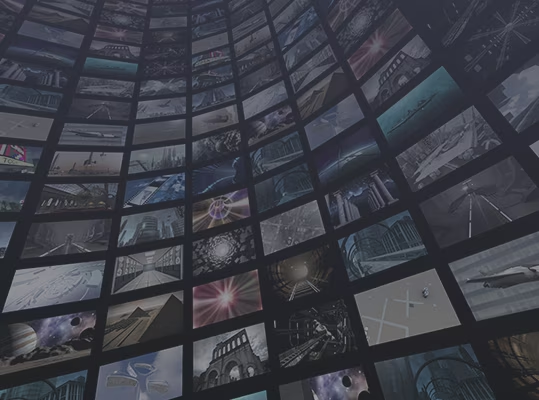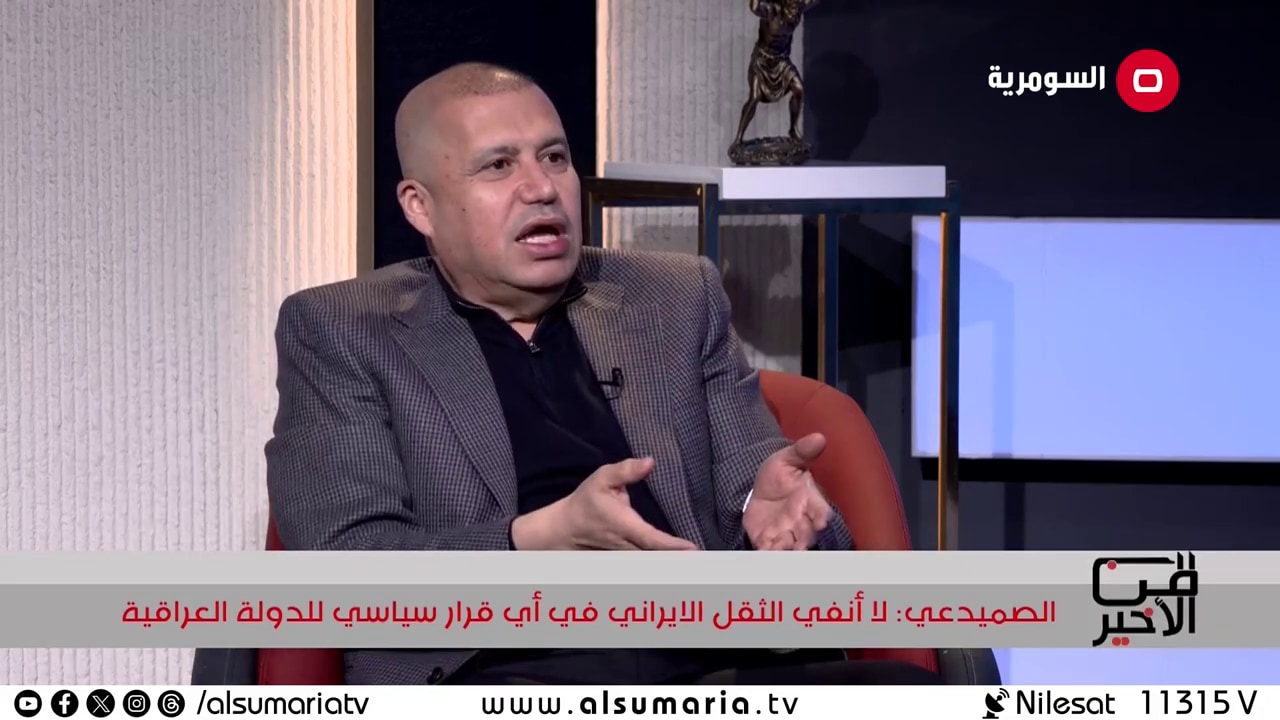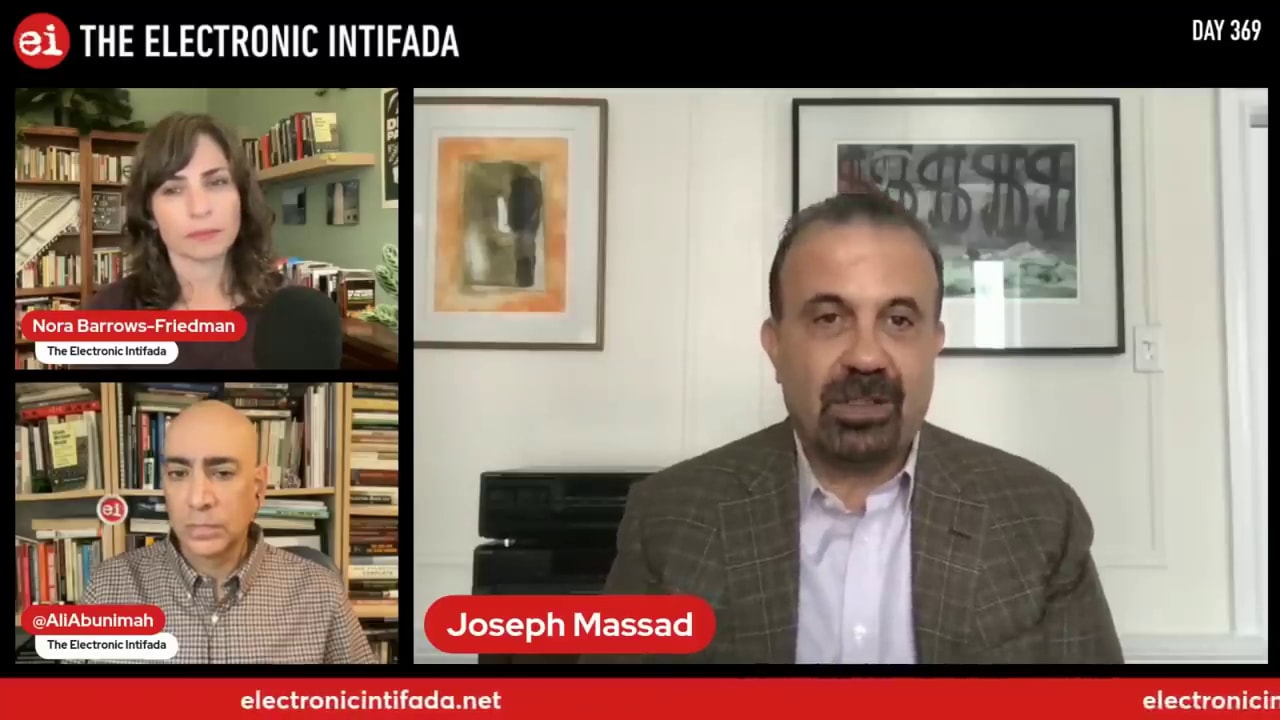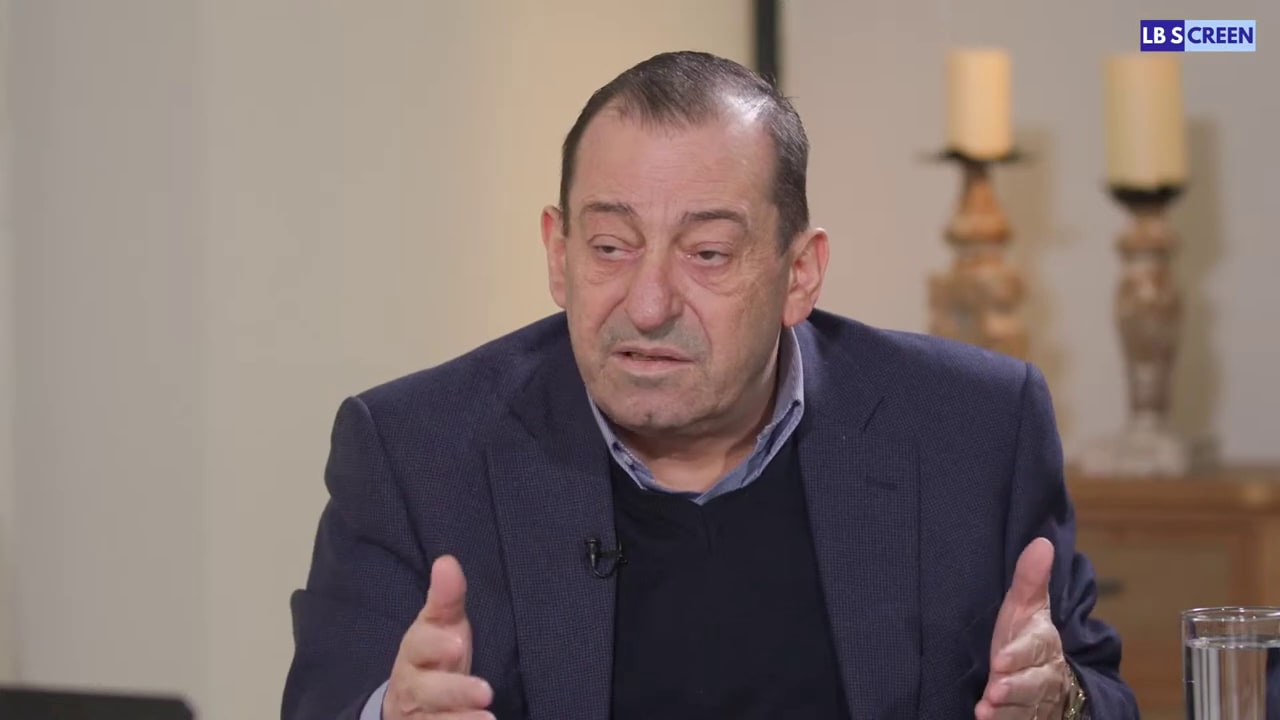
Following are excerpts from an interview with Mohammad Sa'idi, International Affairs Deputy in the Iranian Atomic Energy Organization, which aired on the Iranian News Channel (IRINN) on August 27, 2006.
Interviewer: You just said that in some cases, heavy water can even be used for drinking.
Mohammad Sa'idi: Yes.
Interviewer: Could you elaborate on this?
Mohammad Sa'idi: One of the products of heavy water is depleted deuterium. As you know, in an environment with depleted deuterium, the reception of cancer cells and of the AIDS viruses is disrupted. Since this reception is disrupted, the cells are gradually expelled from the body. Obviously, one glass of depleted deuterium will not expel or cure the cancer or eliminate the AIDS. We are talking about a certain period of time. In many countries that deal with these diseases, patients use this kind of water instead of regular water, and consume it daily in order to heal their diseases.
In other words, the issue of heavy water has to do with matters of life and death, in many cases. One of the reasons that led us to produce heavy water was to use it for agricultural... medical purposes, and especially for industrial purposes in our country.
[...]
There is no connection whatsoever between heavy water and plutonium. As I have said, the nuclear industry can be used for diverse purposes.
Interviewer: Right.
Mohammad Sa'idi: Some countries possess this kind of weapon, and use this technology to make weapons. There are also countries which are NPT members, and which accepted the NPT [regulations], and they have therefore committed themselves to use this technology for peaceful purposes only. When you commit yourself to using nuclear technology for peaceful purposes only, this includes all the nuclear issues. Let's say tomorrow you build a heavy-water research reactor, OK? This research reactor uses fuel that has the plutonium element as well. We have declared to the world that Iran's nuclear program is for peaceful purposes, and the IAEA can supervise it fully. Now, when we are in the process of building this reactor - the concrete has just been poured and the walls are being installed - the IAEA is present, so of course it will be present when the reactor becomes operational. When it becomes operational the inspectors will definitely be there. Just like they supervise our facilities at Natanz, they will supervise these facilities, so that there will be no deviation in a certain direction.
[...]
You may ask why we pursued a heavy-water research reactor, rather than a light-water reactor. This is a [legitimate] question, which deserves an answer. Since this involves simpler technologyaˆ¦ The heavy-water research reactors have slightly simpler technology. In what way are they simpler? Light-water research reactors require fuel that is 20% enriched. Do you follow, Mr. Emami?
Interviewer: Yes.
Mohammad Sa'idi: It requires 20% enriched fuel. Heavy-water research reactors do not require enriched fuel. What you need is not 3.5% [enriched uranium], but UO2, which is produced in the [UCF] facilities at Esfahan. These products are produced at Esfahan, and heavy water is currently produced at Khondab in Arak, so this technology is readily available to us. All we need to do is build the reactor. The fuel is available, and so is the moderator and the cooler, so the reactor can become productive very quickly. Let's say you build a light-water research reactor, OK? As soon as you want to move from 5% to 20% - in other words, to produce enriched fuel - the same countries that are shouting that there is plutonium in heavy-water reactors will shout and say that Iran has moved from 5% to 20% enrichment.
[...]
Interviewer: With regard to Natanz, the 164 centrifuges continue to operate. When will we reach the 3,000 we announced?
Mohammad Sa'idi: We are now carrying out work at the R&D stage. A plan has been drawn up, and we are following it.
Interviewer: When do you think we will reach 3,000 [centrifuges]?
Mohammad Sa'idi: According to the plan.
Interviewer: Thank you. I had other questions... We have done all these activities, so why aren't we building a [nuclear] power plant?
Mohammad Sa'idi: Of course we are. One of the important issues that may arise in the future for our dear people is that in order to complete this technological process in the Islamic Republic of Iran, we have begun designing a power reactor for the production of electricity. When I say "power," I mean production of electricity. This is a power reactor with a capacity of 360 mega-watt. We are working towards an Iranian-made reactor. Adjacent to the heavy-water reactor that we are building, and which is also Iranian-made, we are planning a light-water power reactor with a capacity of 360 mega-watt, which will serve as a basis for construction of [other] power reactors in the future.














